
Hello dear friends. This year we decided to spend my husband's annual leave in the Maldives. We had been here once before, but it was a long time ago. Our children didn’t come with us this time. Our eldest daughter joined an educational camp with her class, while our younger daughter stayed with her grandmother. We really needed this vacation. After returning from Italy I hadn’t been able to rest properly. I was exhausted from all the housework, cooking, laundry, dishes and taking care of the children. The Maldives has been a perfect escape for me. Here you can relax, clear your mind and unwind. Some might find the Maldives a boring holiday destination, but the main purpose here is mental relaxation so that you can work more efficiently in the coming months.

The Maldives is a country that will not leave you indifferent. Some see it as paradise, while others find it dull. Some enjoy the underwater world, while others prefer luxurious resorts. Others are surprised by the amount of plastic waste on local beaches and the modest lifestyle of the local people. Today I want to talk about our visit to Omadhoo Island. When we first came to the Maldives, we visited some islands that are not frequently seen by tourists. I will write a separate post about the differences between these islands later. On this trip we visited Malas and Madu islands and now we are on our way to the next one.

We arrived at Omadhoo Island, which is located in the Olive Dal Atoll. Of course, we came from a neighboring island, but you can reach here from Male Island in 1.5 hours by speedboat. The weather is warm, but at 28 degrees, it’s much better than 32 degrees. We were welcomed with fresh coconuts, checked into our room and had our luggage brought in. Our room was small but beautifully prepared, with duck-shaped towel decorations, a warm welcome and a white-and-blue theme. It was comfortable and perfect for living in. I also found a beach bag in the room, local island hotels usually provide these. Our hotel was small with only six rooms, some of them in single-story buildings. At the entrance there was a restaurant where we had breakfast and dinner. We ate one meal outside, but since this island is more developed, it was easy to find a café.





Our first mission was to explore the island and the best time to do this is in the morning. First because there aren’t enough sunbeds for everyone and second, because the sun is too strong. The UV index rises after 11 am, so it’s best to avoid the sun until around 4 pm. The best plan is to swim and sunbathe in the morning. We walked from our hotel to the beach, which took about seven minutes. We even had a little red-furred friend accompanying us. Cats are common here, but there are no dogs in the Maldives. The island is full of greenery, despite its development, nature is still abundant. There are many construction sites and a large building is being built, possibly a hotel. In the more remote parts of the island, there are real forests, with dense, impassable bushes, vines and palm trees.
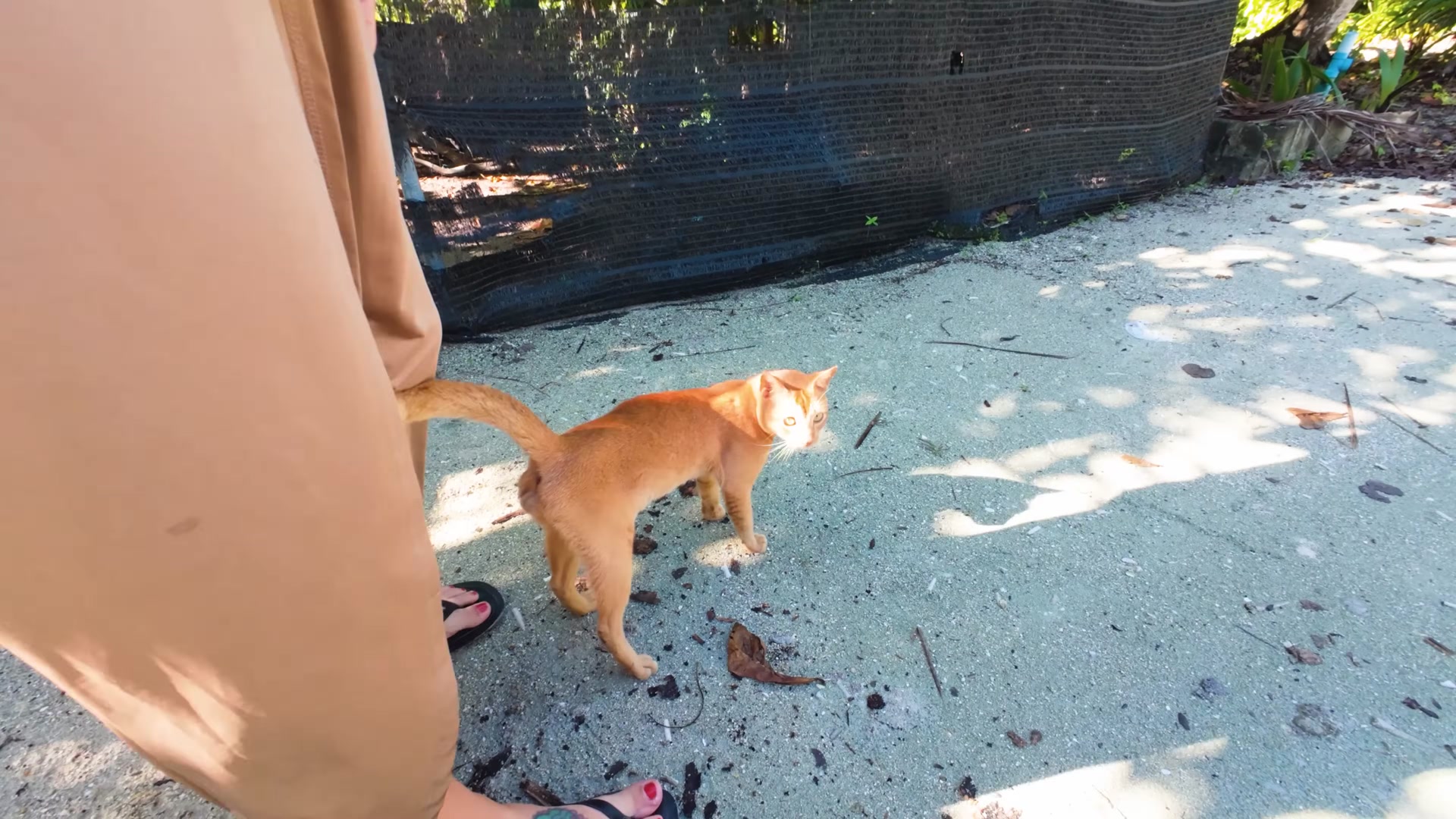
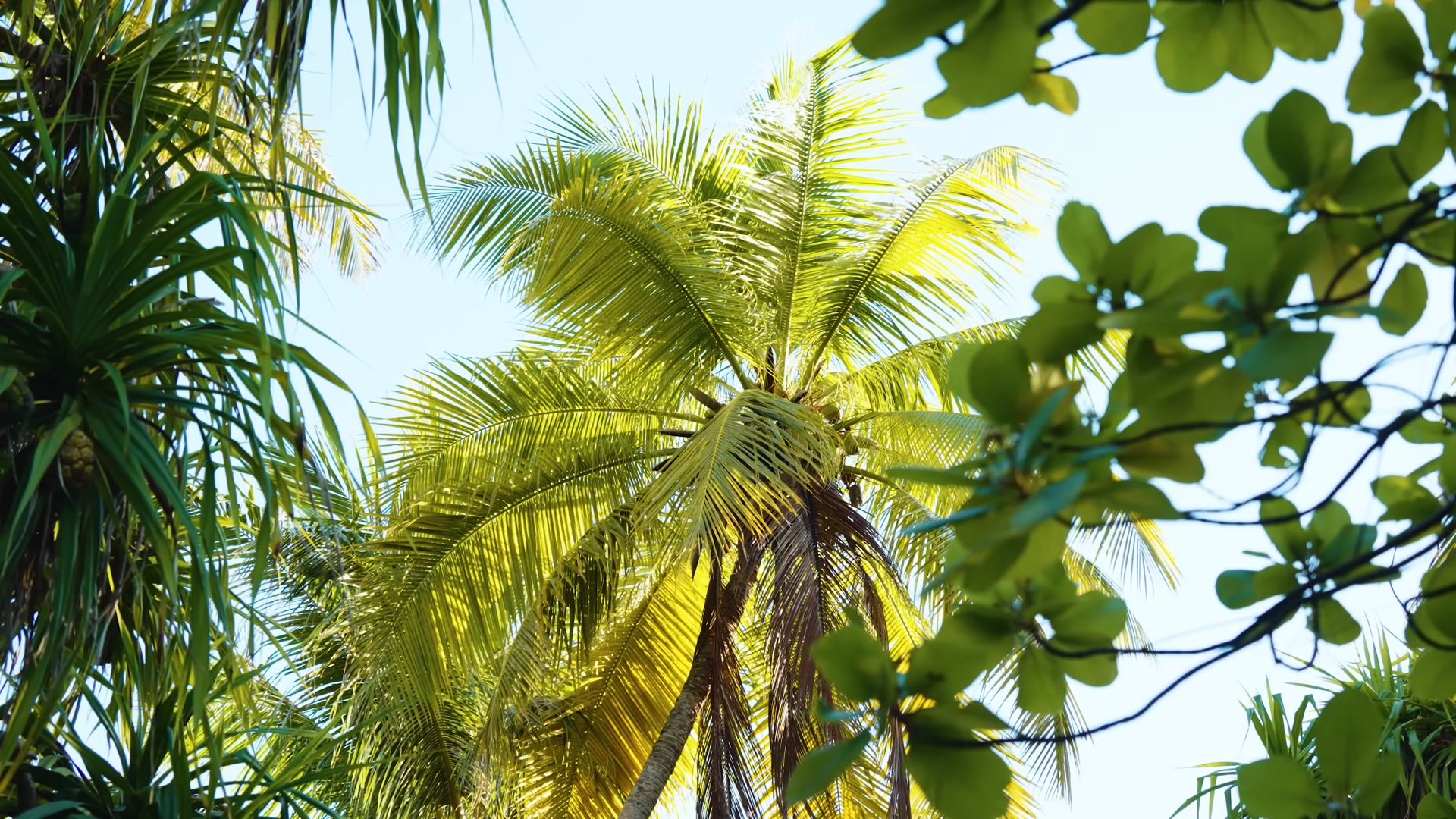
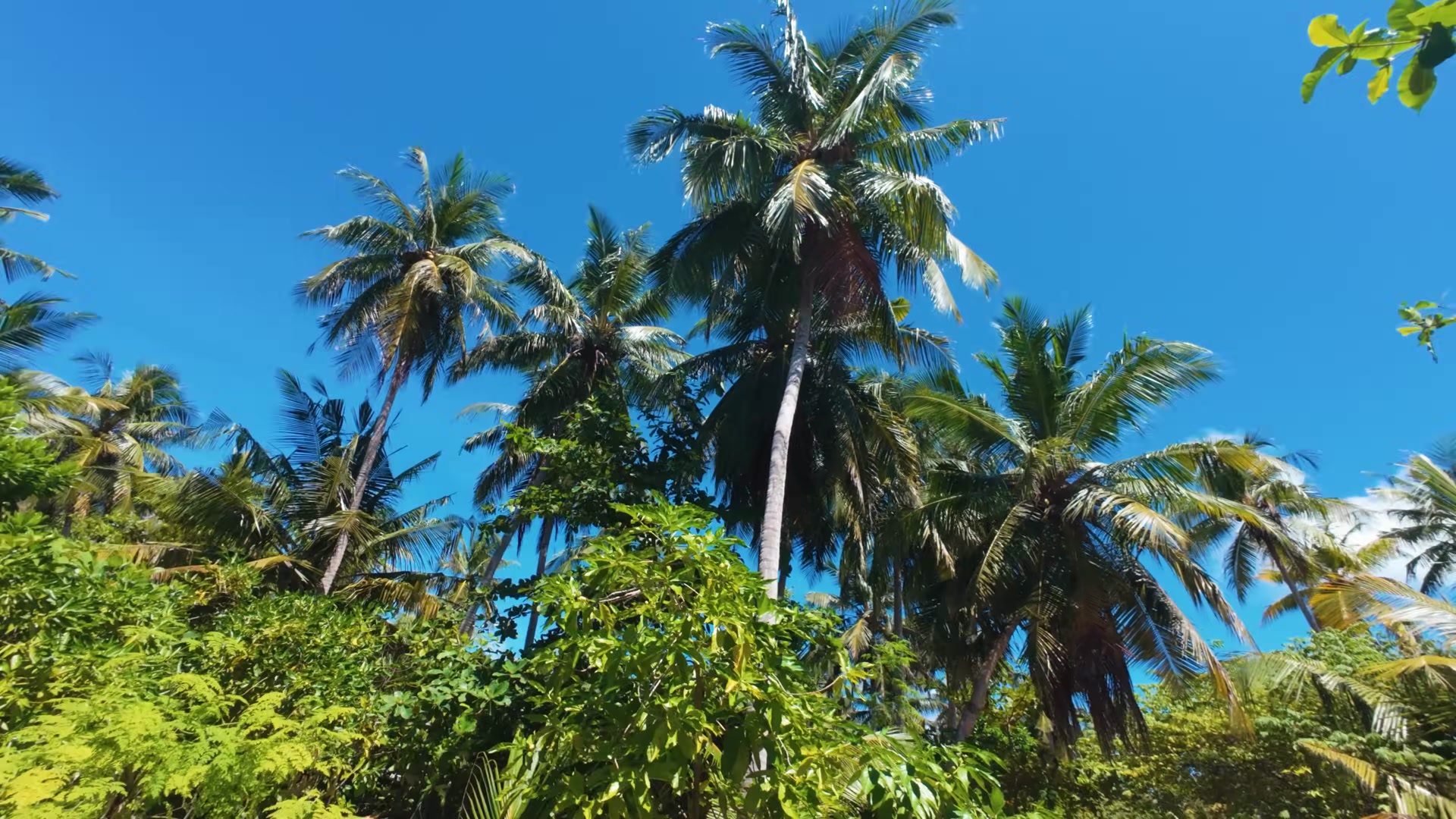


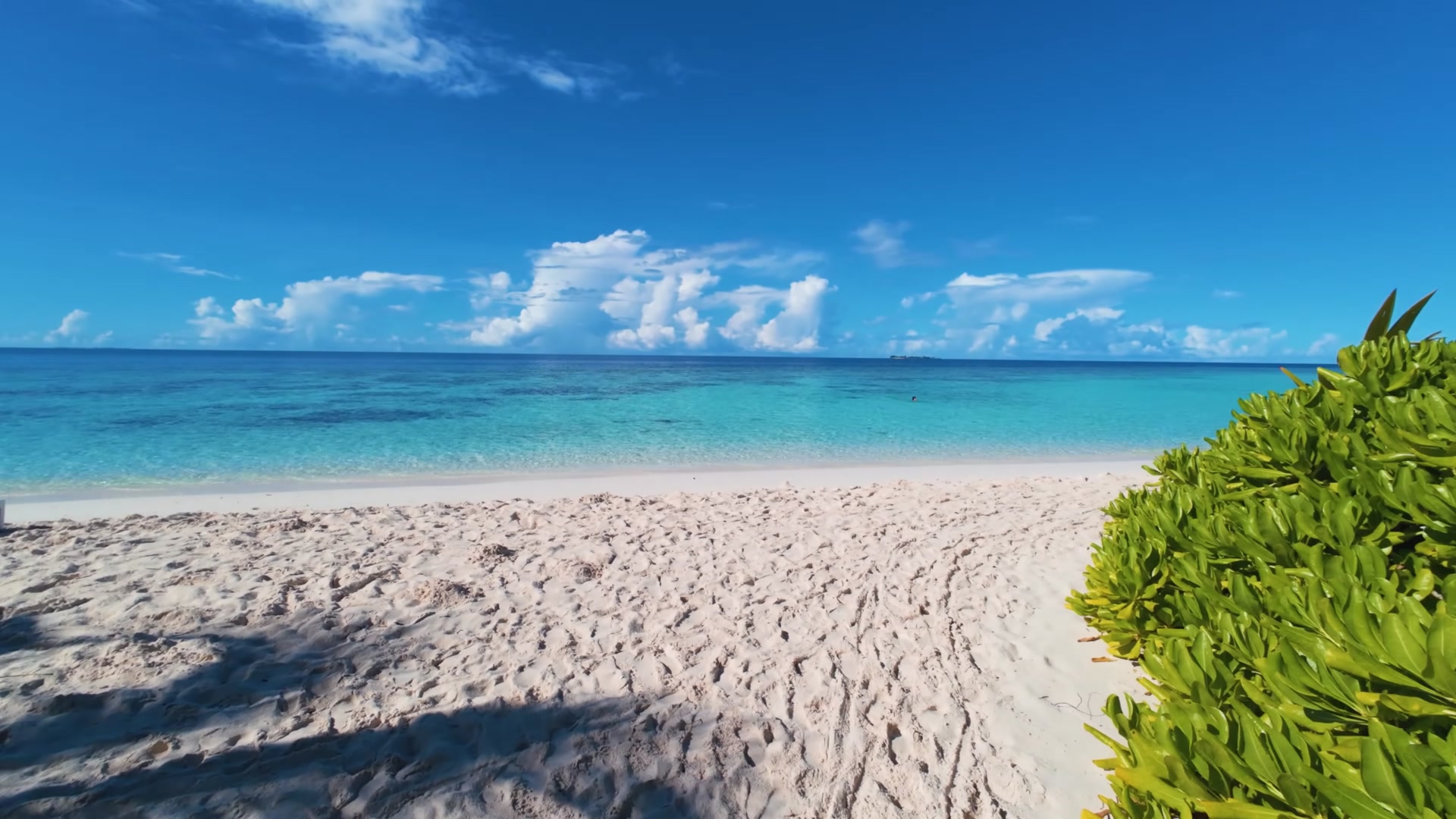
Bikini Beach is located at the very end of the island, in a quiet spot. Here, no one disturbs you; you can simply enjoy the beauty of nature. That’s why we actually came here, for silence, peace and beauty. When we arrived at the beach, it was quite calm. The weather wasn’t too hot yet, just 28 degrees. Later in the day, it would rise to 32 degrees. We could go for a swim now, but sunscreen was still necessary because my nose got sunburned for the fourth time in six days. The sun loungers were already set up, we found ours and we were ready to dive into the sea. The morning water is a bit cooler, which makes it refreshing.
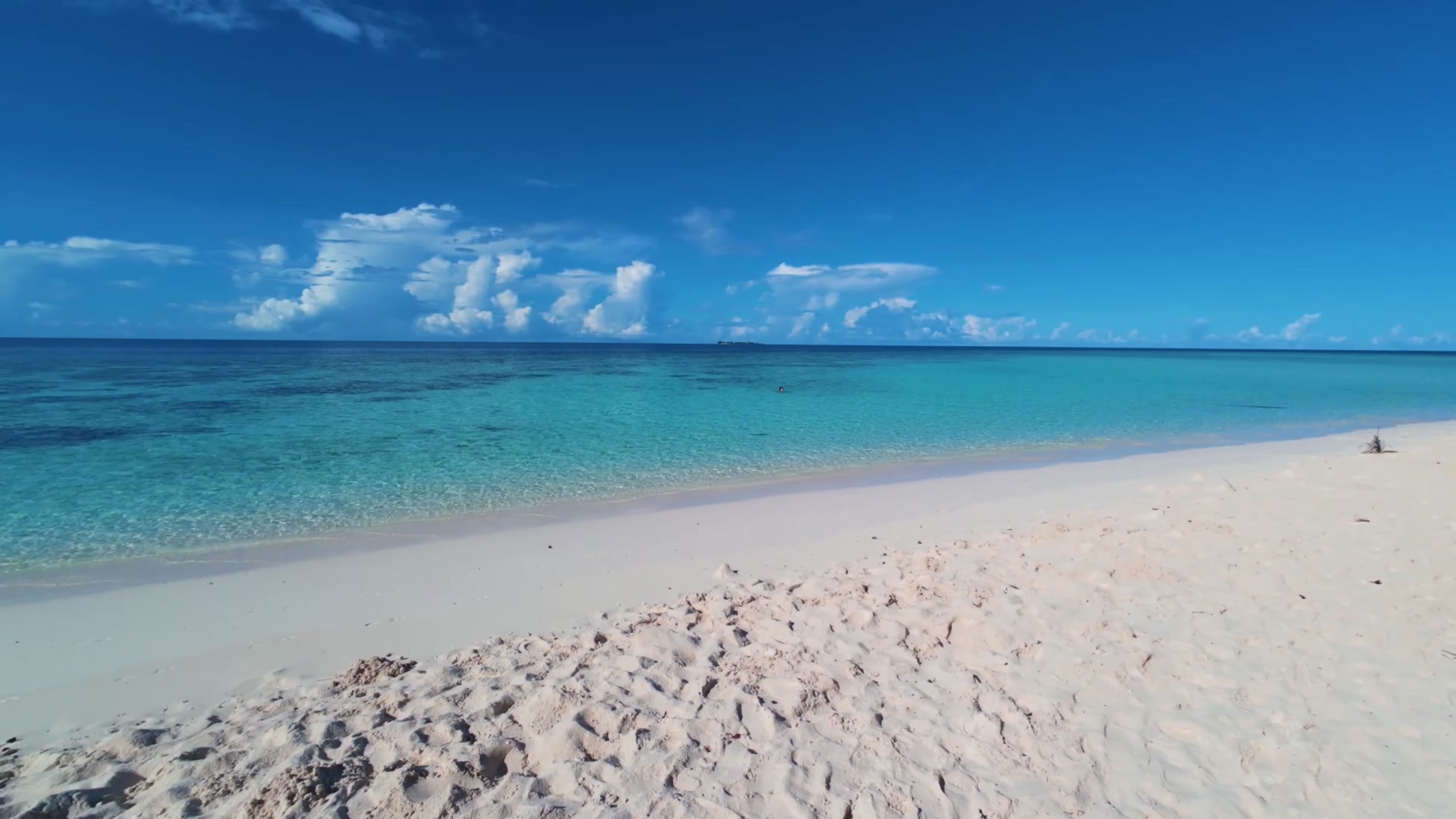
The beach is beautiful, but the entrance isn’t ideal because there are some corals, stones and seaweed. However, overall, there’s nothing that would make swimming difficult.

A part of Bikini Beach is covered with corals, so it’s a good idea to bring protective water shoes when coming here. Another part of the beach is mostly rocky, but not too sharp. Still caution is advised. If you’re traveling to the Maldives, I highly recommend bringing water shoes, as they are very useful when snorkeling. There are black nets marking the boundaries of the beach, showing where Bikini Beach ends and the local beach begins. Tourists can visit this area too, but they must follow certain rules.


The island is quite beautiful. On the west coast, a shallow sea forms, where you can walk and take photos. In the background, there are beautiful palm trees, which are also great for photography. One of my favorite moments during this trip was encountering a cute seal.



Omadhoo Island can be considered a standard island. It has all the necessary infrastructure and isn’t too wild. Small tourist groups visit here and locals also live on the island. This means you can come without encountering large crowds of tourists while still finding things to do. For example, there’s a whale shark tour here. We saw its advertisement on a wall. There are also tours to see manta rays. And there’s a diving center, so if you’re into diving, you can do that here as well. The island is surrounded by plenty of coral reefs.



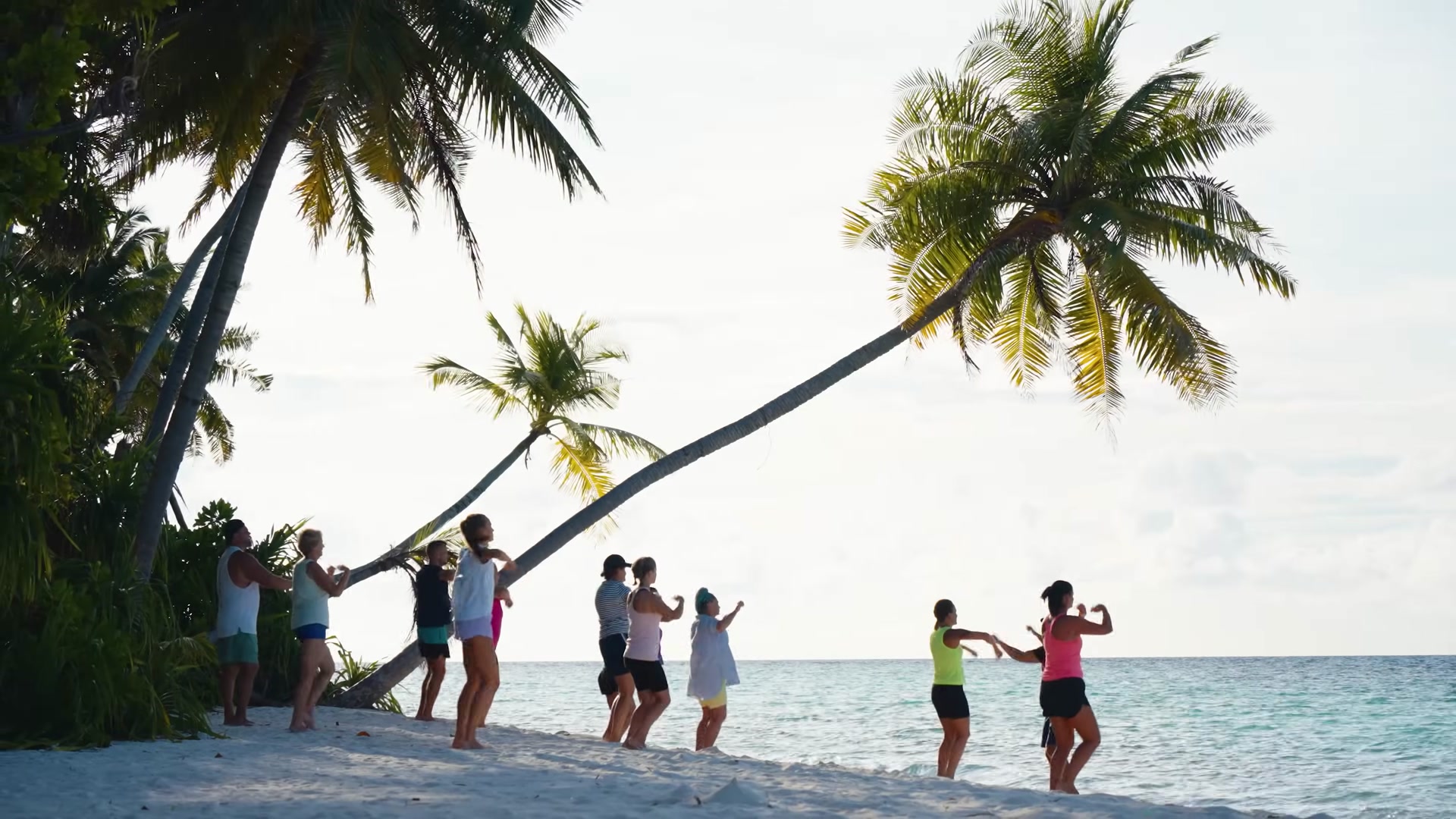

We had a slightly underwhelming experience at the beach. To see the corals, you have to swim on your stomach. It’s also difficult to swim far out, as there aren’t many fish and the corals aren’t particularly impressive. So, we decided to go to the pier, hoping to see some stingrays or sharks.
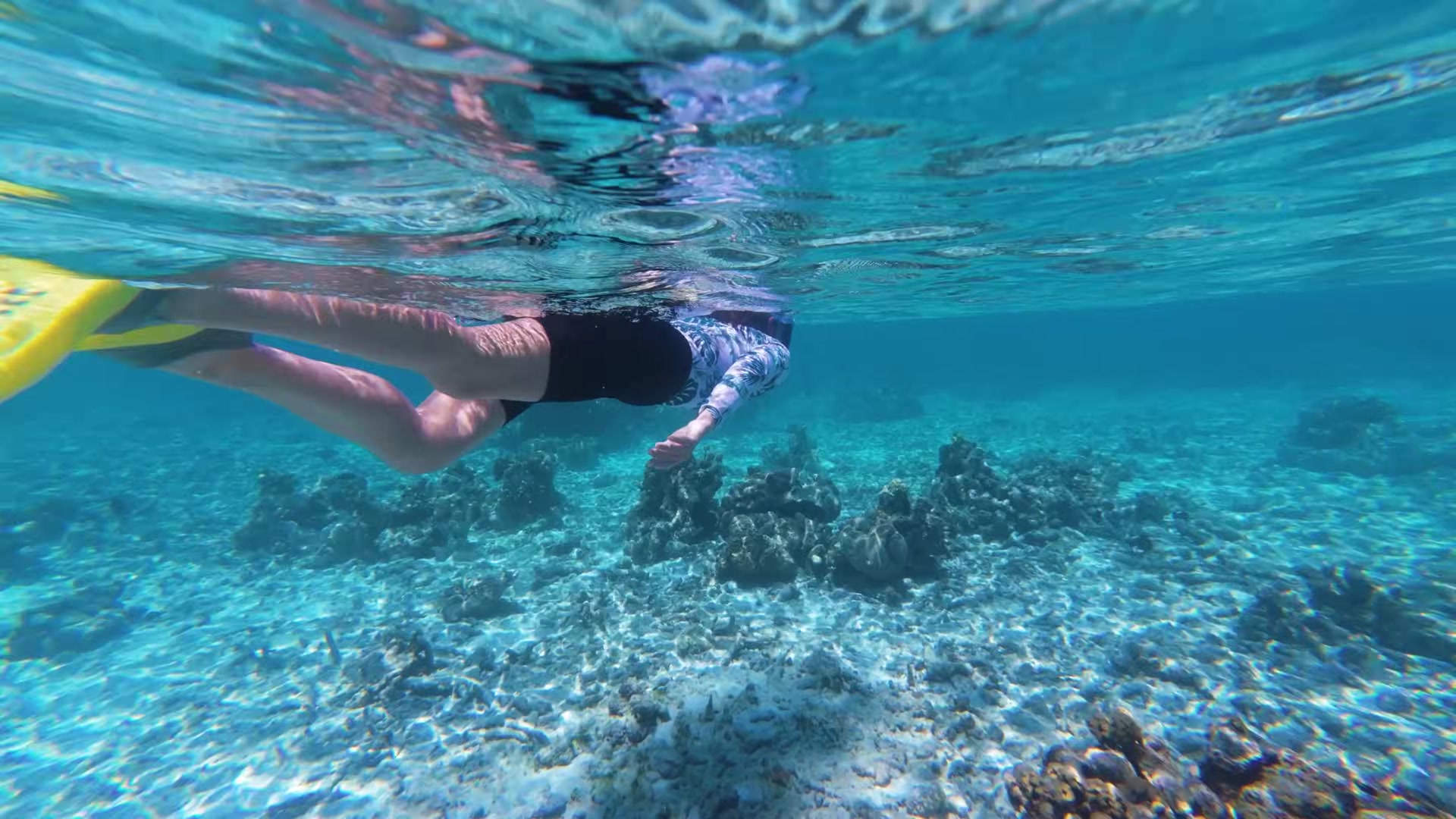
We swam a bit along the pier and around the coral wall. That area was more interesting because you don’t have to swim through corals, making it easier to dive. There were more fish and the corals were more beautiful. The only thing to watch out for is the current. It was hard to swim back to the beach against it. So, maybe it’s better to start from the beach and swim toward the pier instead.
Later we thought about going to the village and sitting on the beach. We wanted to grab something to eat and stumbled upon a small restaurant called Dream Island Food. They had drinks and I even found beer in the Maldives. Of course, it was non-alcoholic beer since alcohol isn’t available on local islands. I tried it and yes, it tasted like beer, but without the bitterness and alcohol effect. Those who like non-alcoholic beer will understand. It has the taste, but something is missing. Still sitting on the beach with a non-alcoholic beer didn’t seem like a bad idea.

I also wanted to check the prices. Burgers started at 4 dollars, pizzas were 130 Rufiyaa and the most important thing, fried noodles were between 55-80 Rufiyaa, which is quite reasonable.



One special feature of the island is the presence of rays. In the evenings locals bring organic waste to the pier, fish scraps, fruit and vegetable peels. Local sharks enjoy eating these leftovers.
Finally we found a ray. It was beautiful, black and large. I had never seen one like this before. it was amazing. Sometimes stingrays also come for food and they look quite serious, so it’s best not to get too close.




We had our first dinner at the restaurant and hotel. Everything on the island is served as a buffet. The options included rice or pasta, with tuna as the main protein. There was also a salad. For breakfast, they served crepes, toast with butter and jam, sausages and omelets. Pineapple, juice and tea were also available. For those who like cereal, there were options, but we didn’t go for them.

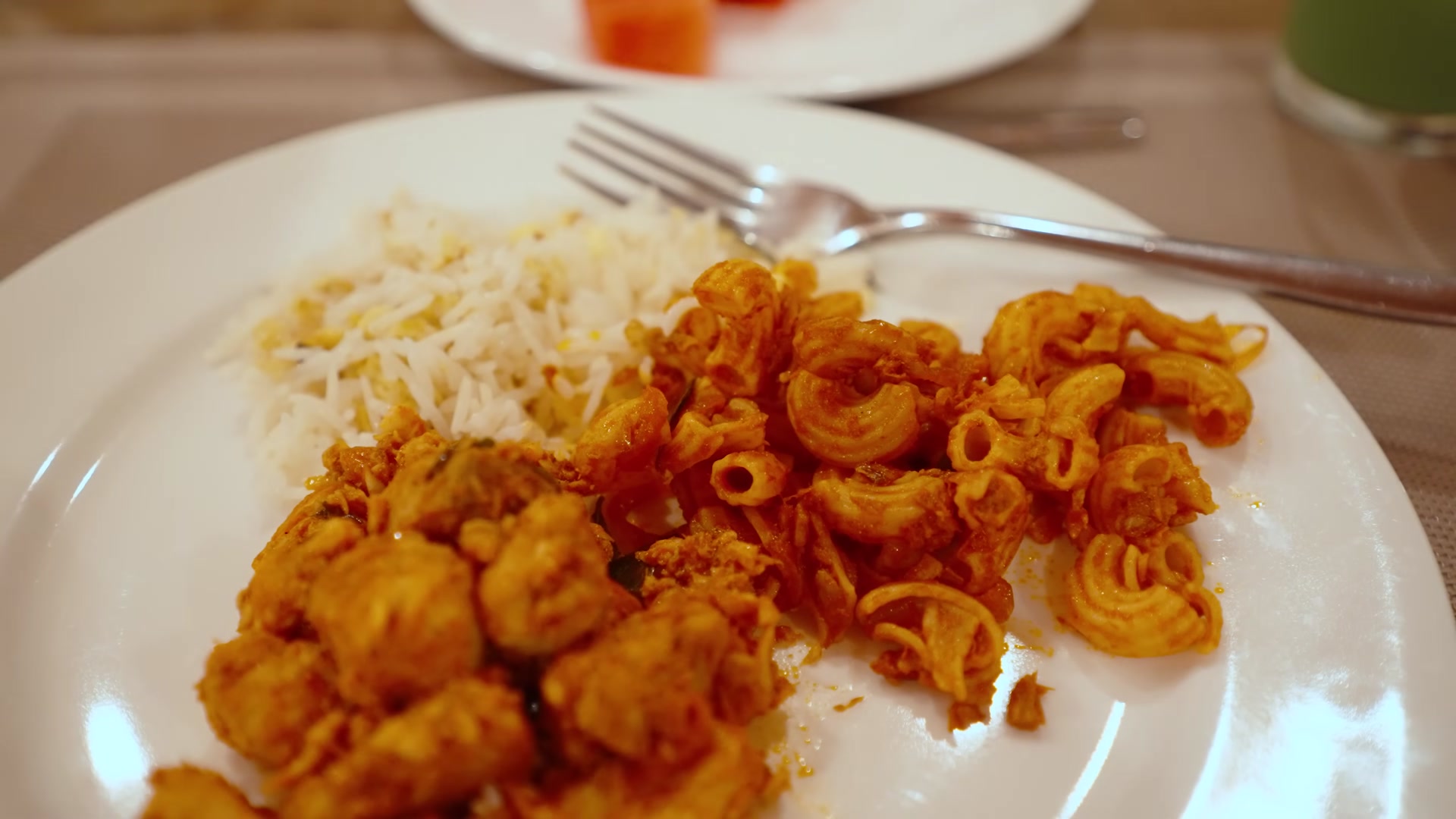
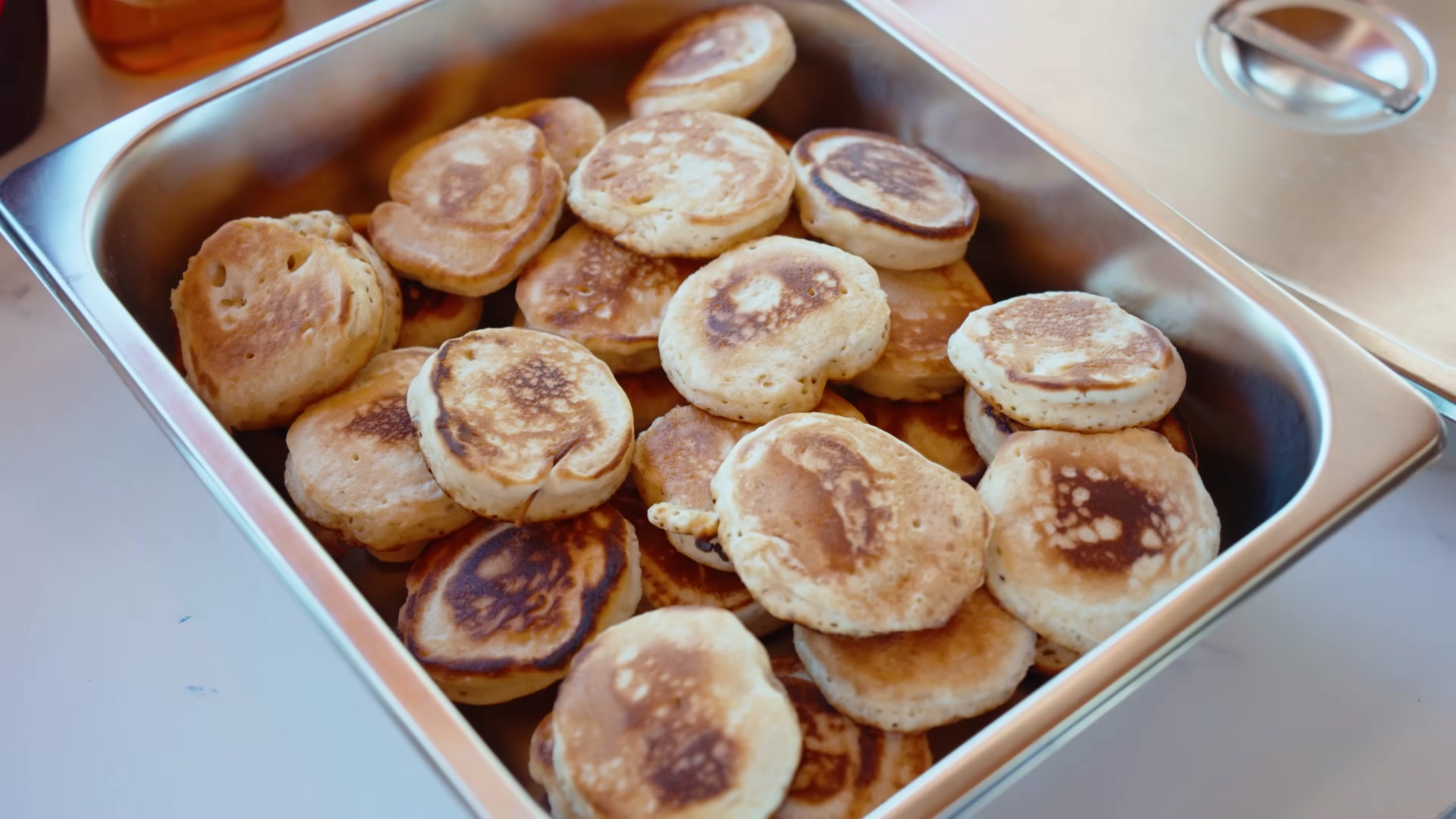
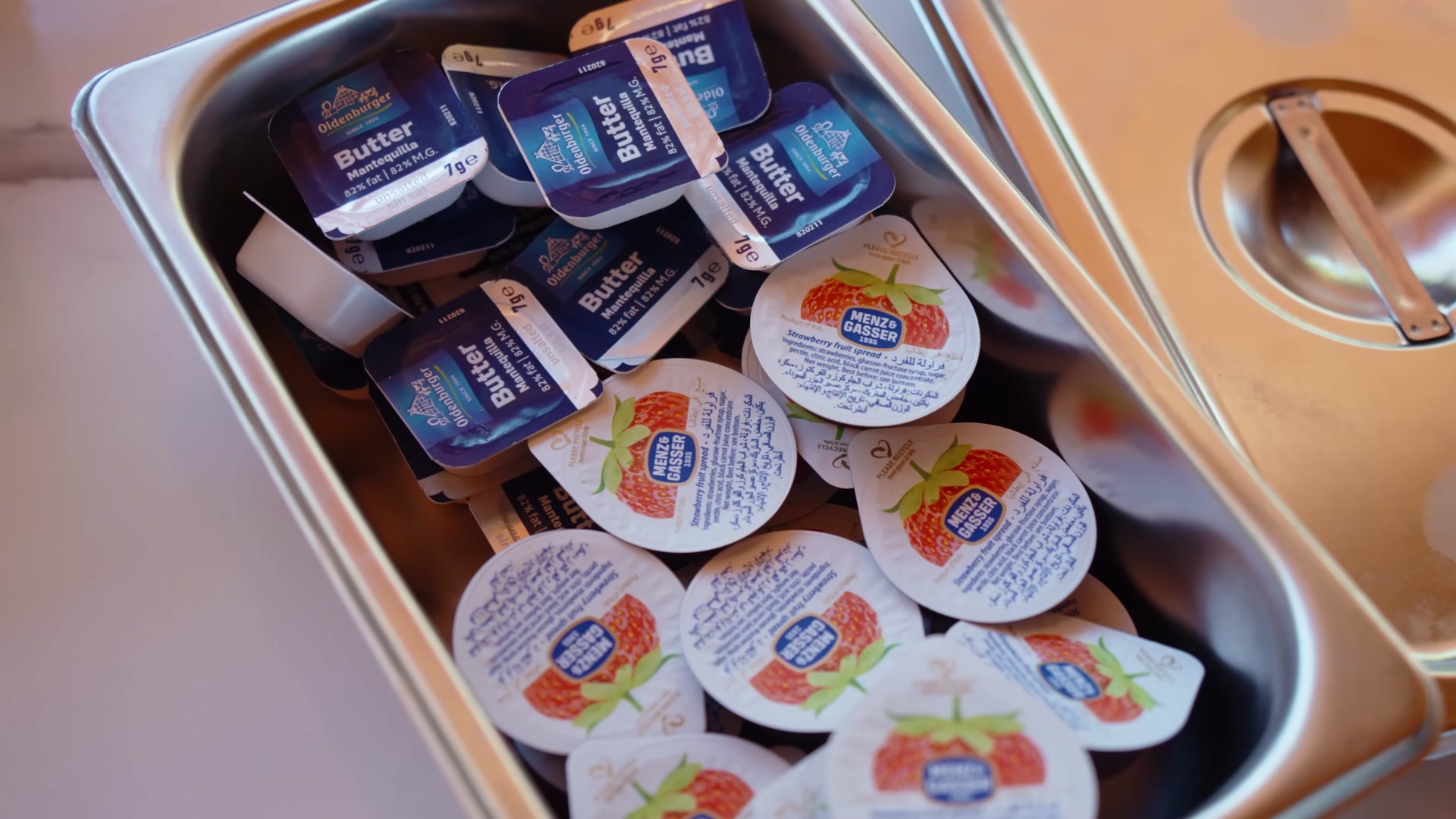
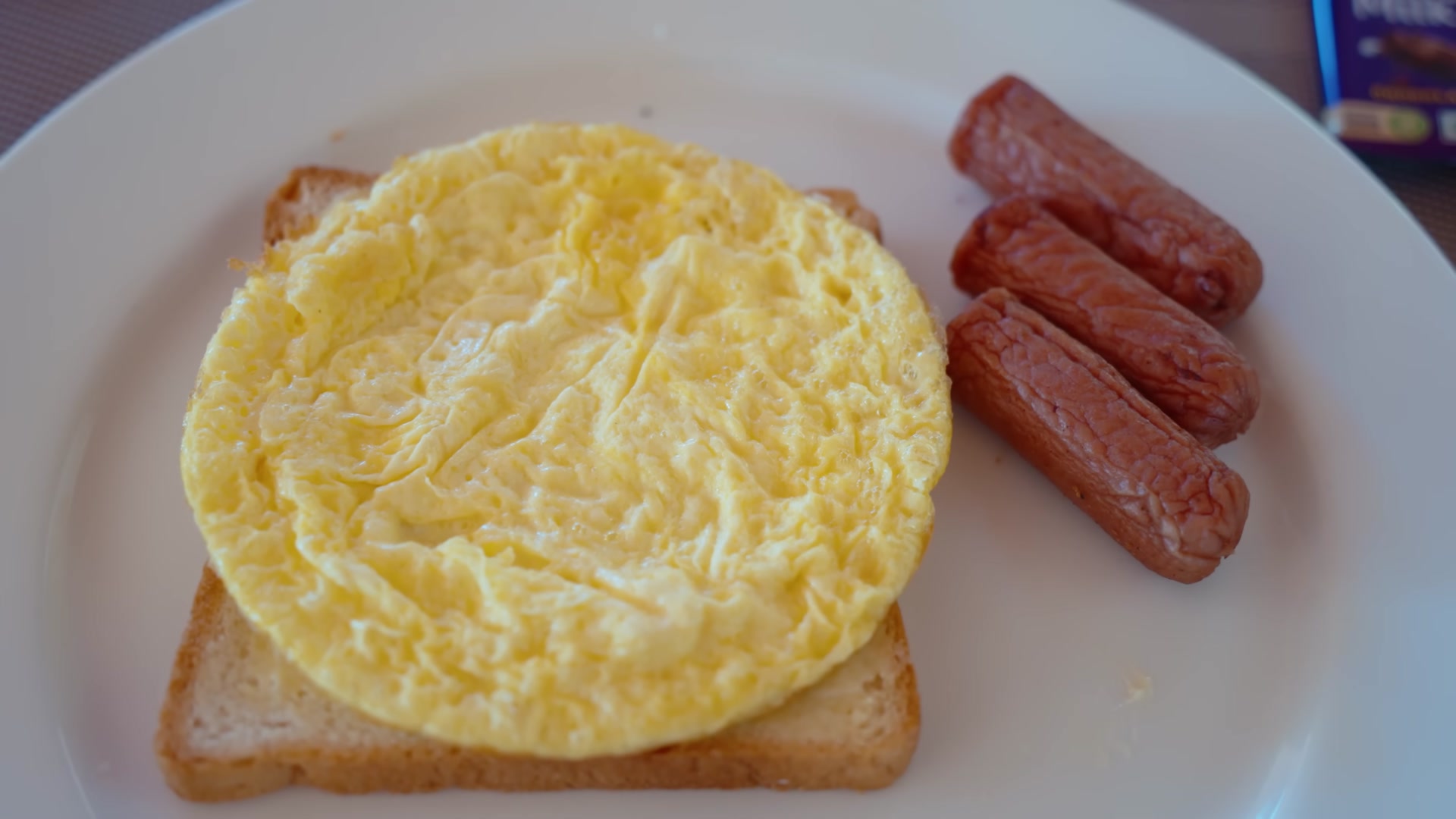
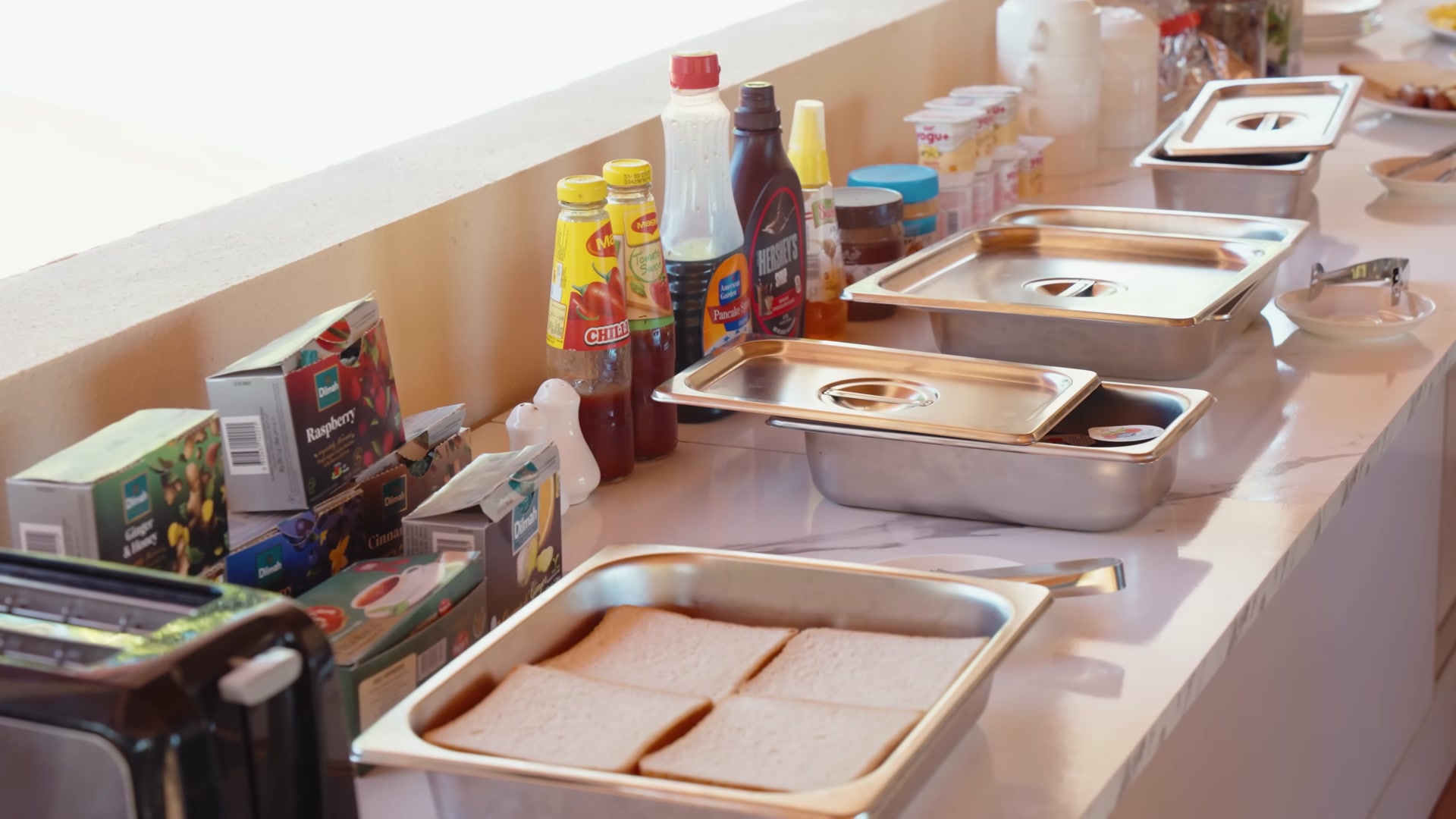
A little about the island: A few years ago, it was less developed, but now there’s investment and the locals take care to keep it clean. This is one of the cleanest islands we’ve seen. Not just on the main street, but even on the beaches. Even construction sites are well-organized, with materials neatly placed. That’s really nice to see. The entire island is very green. Even walking down the main street, palm trees hang over both sides, providing shade. So, even during midday, around 11-12 o’clock, you don’t feel overwhelmed by the heat. This is important because some villages are built without considering tree placement, but here, the houses seem to blend harmoniously with nature. Even Maldivians come here for vacation, which means there’s something special about this place.

The palm trees and other trees on this island are beautiful. Not just palms. There are many different tree species. There are many guesthouses, as well as a few cafes and shops. One cafe, Green Island, is just 100 meters from our hotel. They serve soups, salads, sandwiches, pasta, rice dishes and even grilled seafood in the mornings. Drink prices are also quite reasonable. Milkshakes cost around 2.5 dollars.




By the way we ordered fried noodles with eggs and chicken, along with a milkshake. Everything was really tasty and affordable. But most importantly. It started raining. Even though the season is normal, it can still rain here, but tropical rains usually last only about an hour.

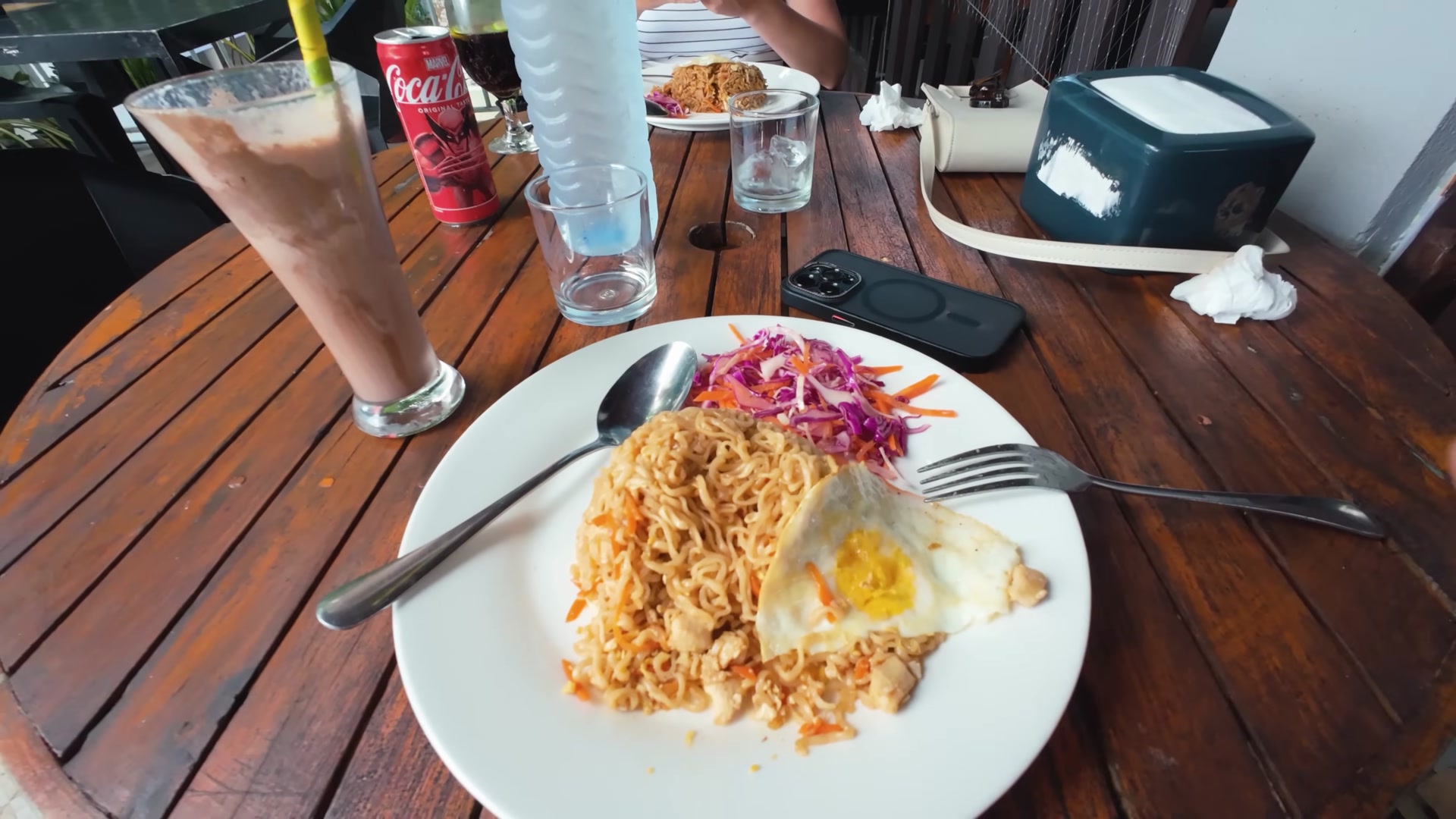
Our lunch cost 195 Rufiyaa (about 13 dollars). After the rain, puddles formed on the island. Since there’s no asphalt, the water stays for a while and sometimes you have to walk through it like a child.
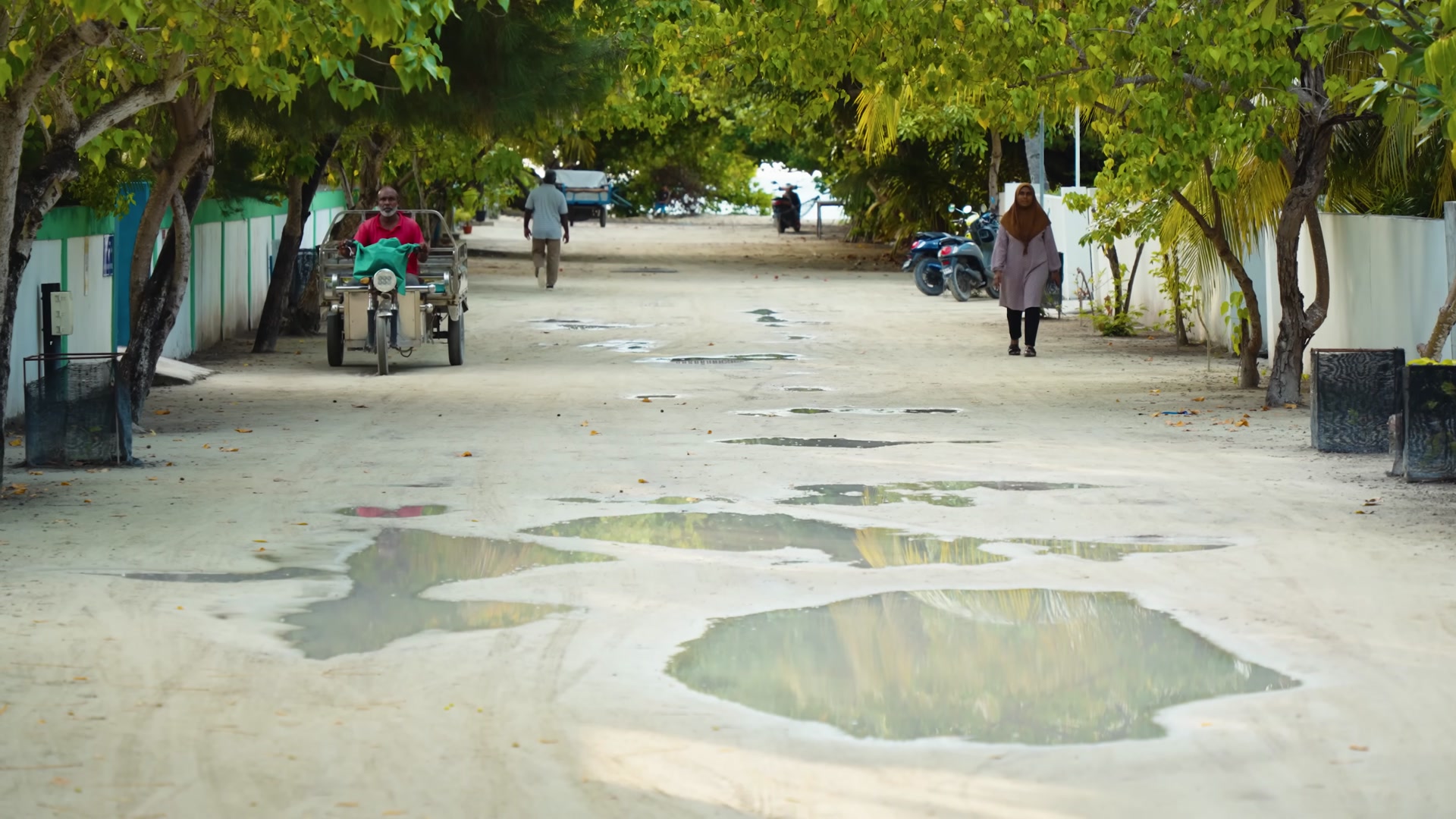
There’s another guesthouse nearby and it looks quite sturdy. It’s also not far from the sea. If you run out of cash, you can withdraw money from an ATM, but it’s best to bring dollars. Euros aren’t a good idea because they get exchanged at a poor rate, while dollars are exchanged 1:1. You can pay by card in some places, but not everywhere.Resorts accept cards, but on local islands, small shops and restaurants usually only take cash.
One tour is included in our package. Today we went on a tour to see manta rays and hopefully, a whale shark. We’ve tried to see a whale shark in the Maldives before. Once we saw one for about 10 seconds. But we hoped to be luckier. The weather could have ruined our plans, the sky was cloudy and a storm seemed to be coming, but it wasn’t certain.
Here’s our small boat and there’s the storm area. Luckily the storm stayed to the left, so we were safe. The manta rays belong to the tuna family. They feed on plankton, filtering it through their wide-open mouths. They might look scary, but they don’t harm humans. We saw their elegant movements for the first time and they even seemed to pose for us.

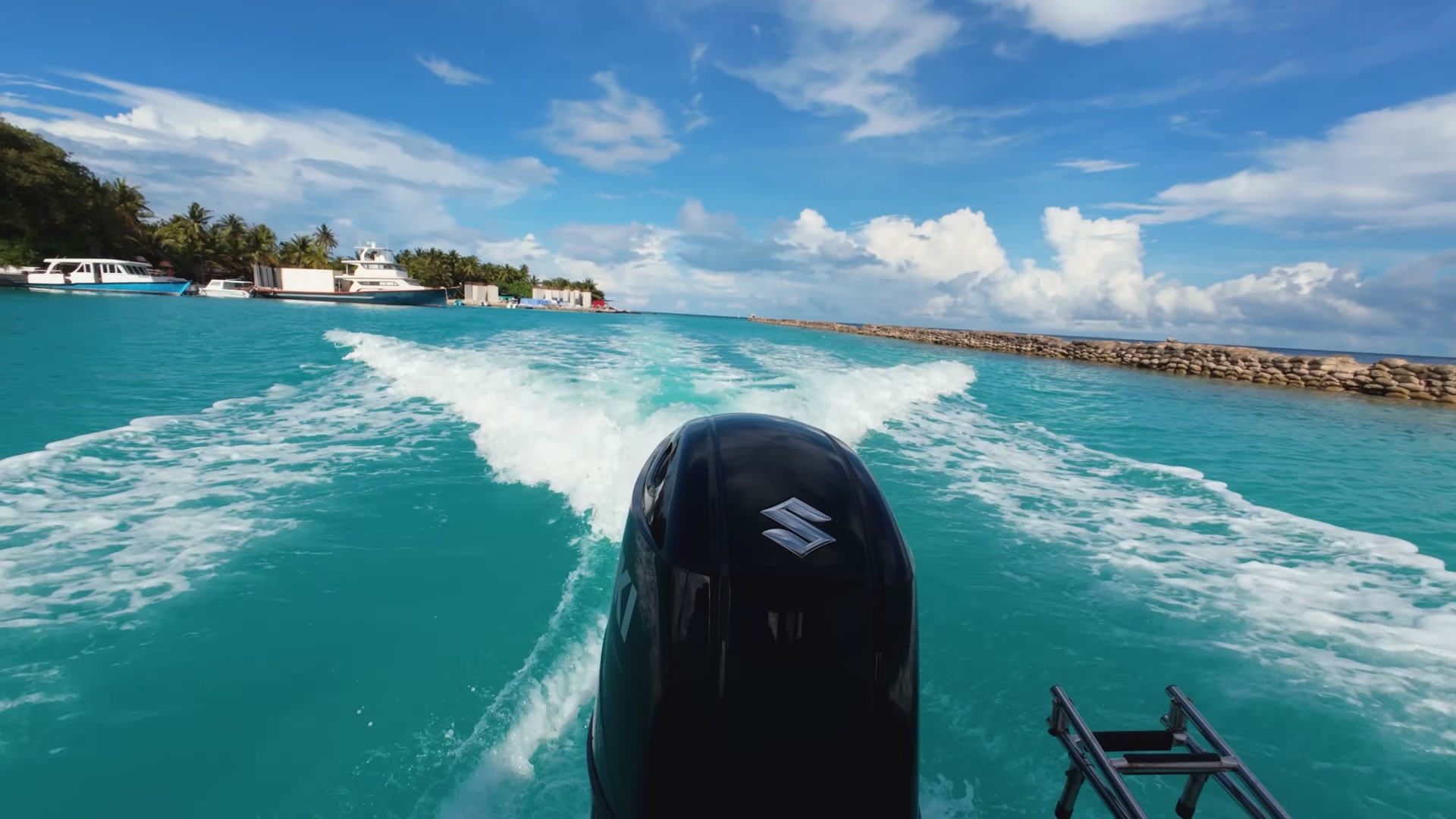


We didn’t see a whale shark this time, but that’s very rare, especially in shallow waters. Still we saw manta rays multiple times and they circled around us closely. The tour was amazing. Manta rays don’t harm humans, so there’s nothing to fear. Of course, you shouldn’t try to catch or touch them, this applies to all marine life.
There are a few stores on the island, but one of them is the best. How can you find out where it is? It’s near the school, so it’s very easy to find. The store has all kinds of products. For example, banana milk, iced coffee and even fruit. The main fruits available are pineapples and even potatoes. There are also various biscuits, pasta and dairy products. And there is a wide selection of chocolates. The beers, of course, are non-alcoholic.


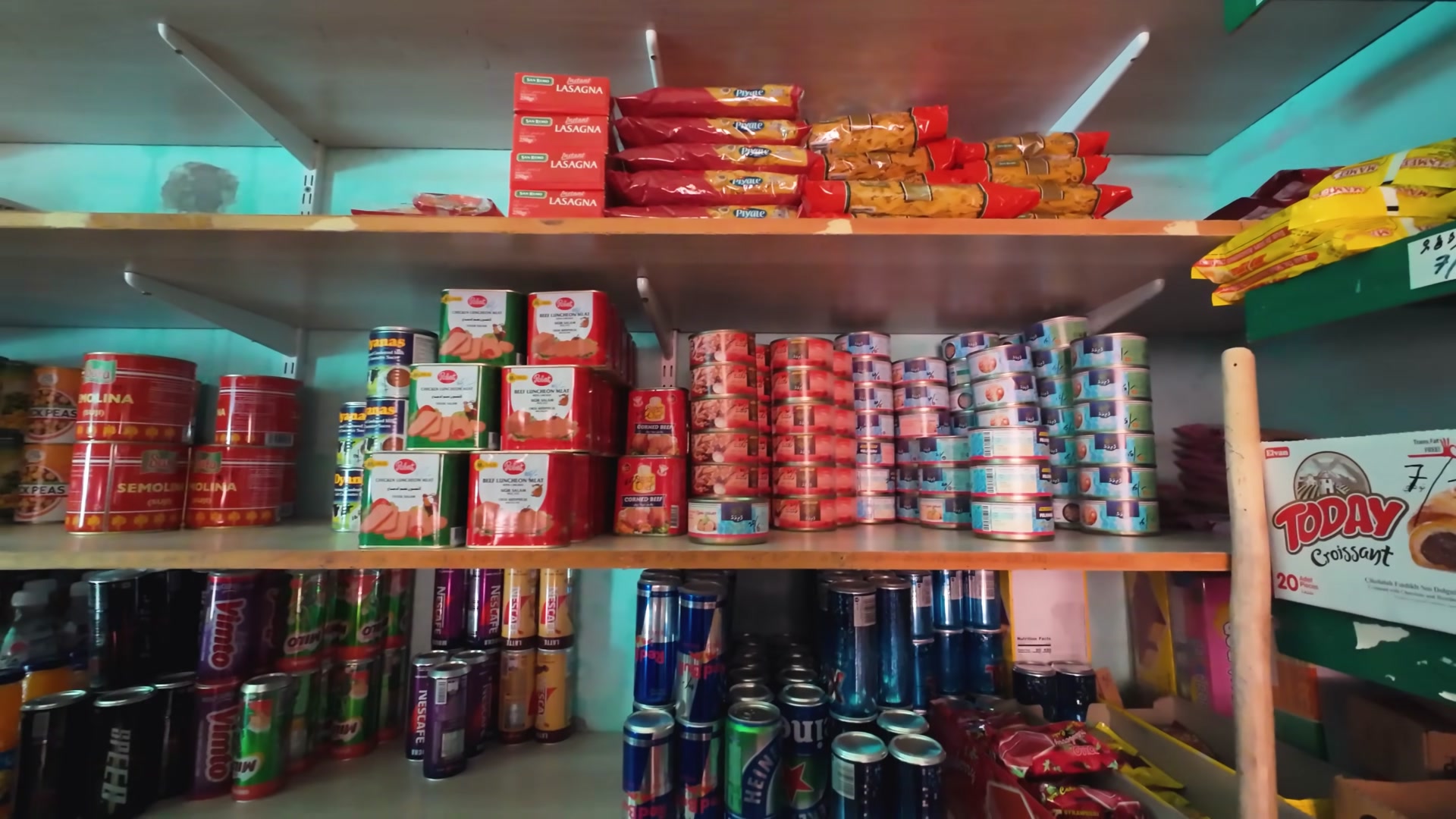

In the Maldives, you can find Toblerone and other chocolates. Our sunscreen ran out, so we were thinking of buying a new one. Spray sunscreen costs 65 Rufi, while regular cream is 45 Rufi, which is about 2 dollars.
This store is really amazing! If you couldn’t find something in a café or feel like you’re lacking vitamins, you can buy fruit here or get a drink. There’s even ice cream in the freezer. It’s a great store and such things are rare in the Maldives.


I also want to complain about the pharmacy on the island. It didn’t open for three days. Maybe it opens at certain hours, but we checked in the morning, afternoon, and evening and it was always closed. Because of this my illness lasted a bit longer. On the previous island the pharmacy was open.
We turned off the main road into a side street. As I mentioned before about the island’s cleanliness, everything is spotless. We’ve been walking around everywhere and there’s no visible trash. Here, a group of kids is selling Australian lemonade, which is quite interesting. But overall everything looks orderly and there’s no mess anywhere. Of course, some gardens are neglected, especially in areas where fruits or vegetables are grown. But in general, everything is quite well-maintained.

One special feature of the island is that the locals feed the stingrays in the evenings. We waited at certain spots to see them. The locals give them fish, but the local government has banned this practice because regular feeding makes the stingrays forget how to hunt. Also, the barbs on their tails can be quite dangerous and, in some cases, even fatal to tourists. So, it’s important to be careful and respect nature.


Now, let’s get to the most interesting part: prices. A one-week vacation on Omadhoo Island for two people costs 1,800 dollars. This price includes two tours: fishing and swimming with manta rays. You can book this tour with a company called "Wild Maldives" we went with the same company. Payments on the island are made in dollars. If you’re staying at a resort, you might need to pay in advance. On some local islands, you can pay by card, but it’s best to bring dollars, especially new ones. I’ve heard that old bills can cause issues. You can reach Omadhoo Island by ferry.



The hotel on Omadhoo Island is simple, but it is cleaned daily and the staff is very friendly. The tours are great, the breakfasts are good, but the dinners could be a bit better. The island’s reef and beach are not the best, but overall it left a very good impression. Also there’s a chance to swim with manta rays and maybe even whale sharks. Digu Island is a bit more expensive, but I can recommend Omadhoo.

See you on the next island. 🌴
Congratulations @marinast! You received the biggest smile and some love from TravelFeed! Keep up the amazing blog. 😍 Your post was also chosen as top pick of the day and is now featured on the TravelFeed front page.
Thanks for using TravelFeed!
@for91days (TravelFeed team)
PS: Did you know that we have our own Hive frontend at TravelFeed.com? For your next travel post, log in to TravelFeed with Hive Keychain or Hivesigner and take advantage of our exclusive features for travel bloggers.
Thank you 😍
You can check out this post and your own profile on the map. Be part of the Worldmappin Community and join our Discord Channel to get in touch with other travelers, ask questions or just be updated on our latest features.
Congratulations, your post has been added to the TravelFeed Map! 🎉🥳🌴
Did you know you have your own profile map?
And every post has their own map too!
Want to have your post on the map too?
- Go to TravelFeed Map
- Click the create pin button
- Drag the marker to where your post should be. Zoom in if needed or use the search bar (top right).
- Copy and paste the generated code in your post (any Hive frontend)
- Or login with Hive Keychain or Hivesigner and click "create post" to post to Hive directly from TravelFeed
- Congrats, your post is now on the map!
PS: You can import your previous Pinmapple posts to the TravelFeed map.Opt Out